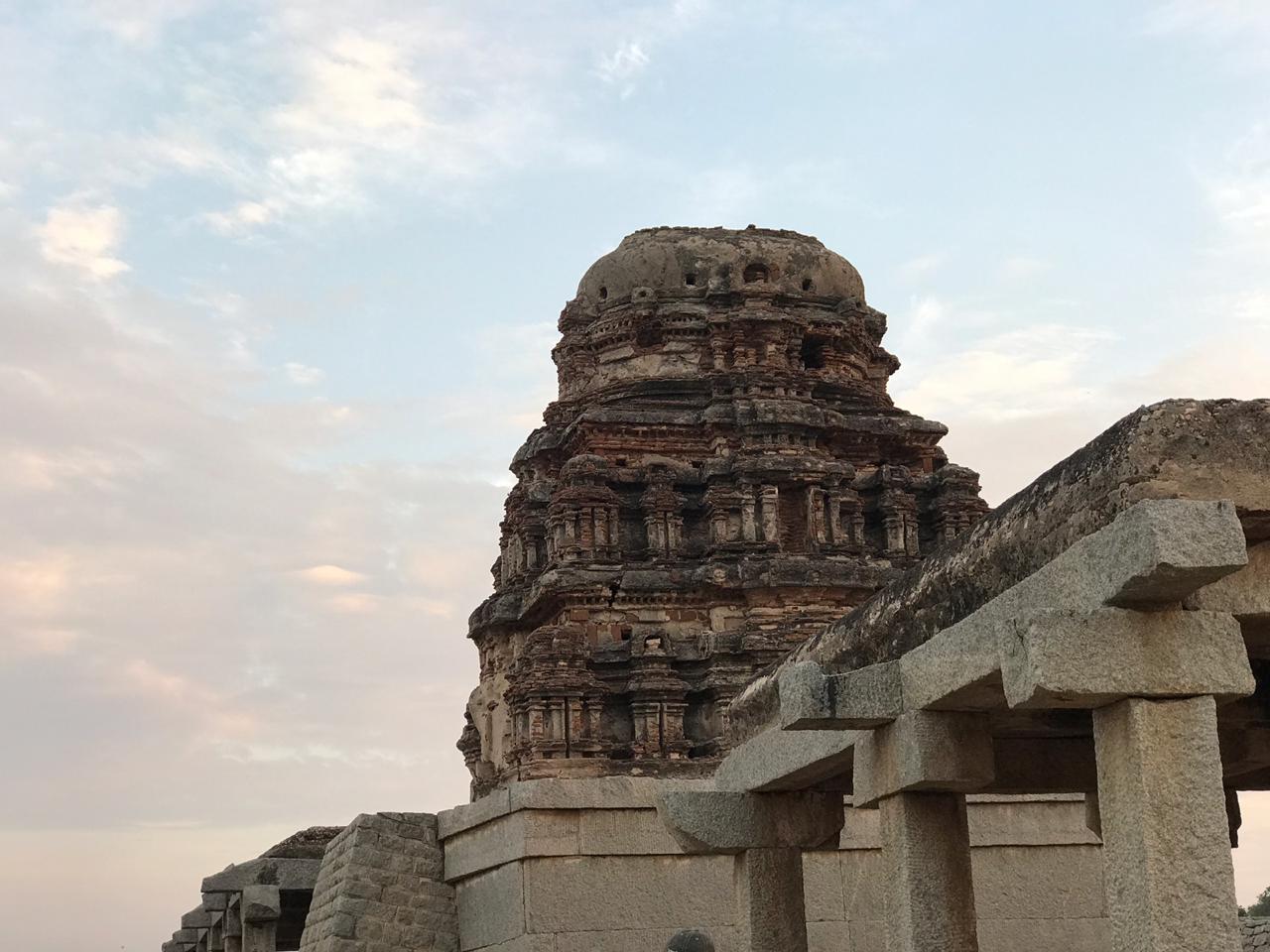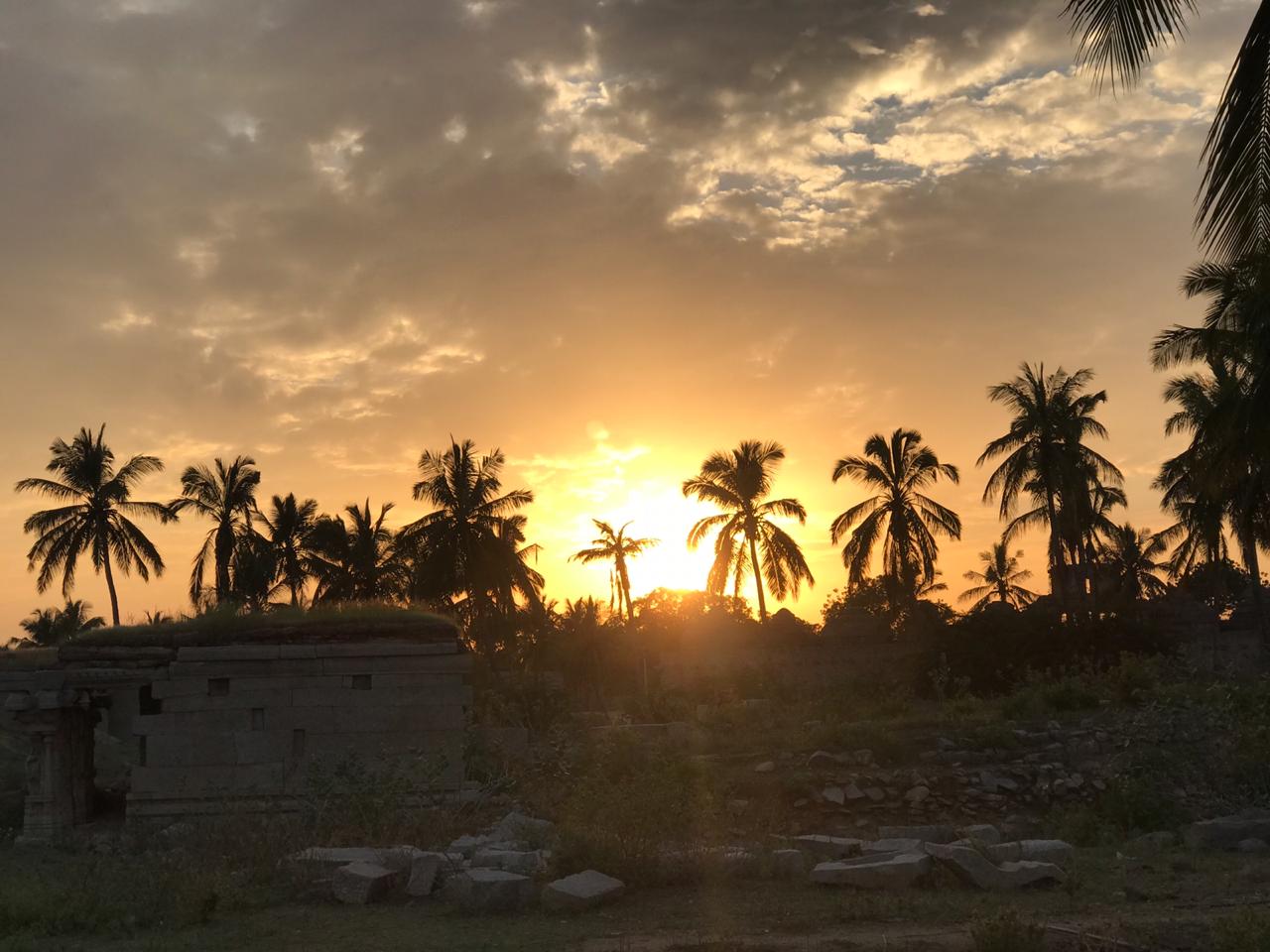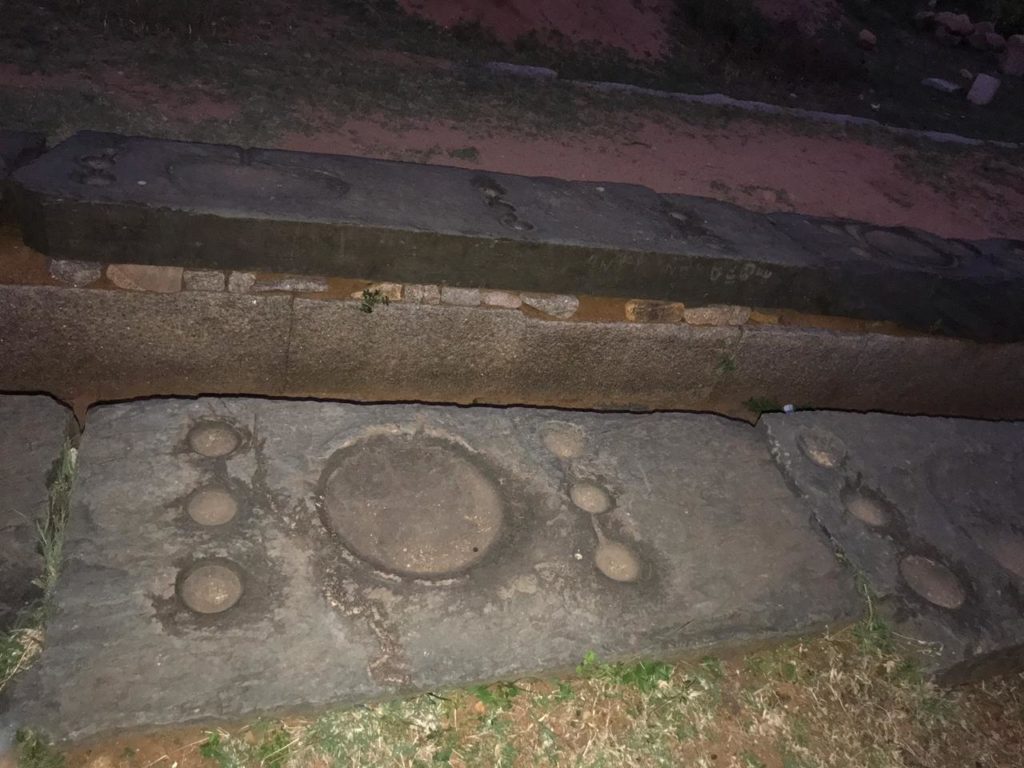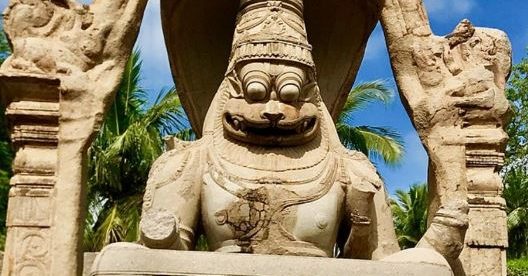Hampi A UNESCO World Heritage Site in India Tour
Hampi, also referred to as the Group of Monuments at Hampi, is a UNESCO World Heritage Site located in east-central Karnataka, India. It became the centre of the Hindu Vijayanagara Empire capital in the 14th century, Journals left by Persian, European and Portugues travellers state Hampi was a prosperous, wealthy and grand city near the Tungabhadra River, with numerous temples, farms and trading markets.

Hampi was the capital of the famous Hindu empire the Vijaya Nagar empire, the famous tales of the king Krishna Deva rai and Tenali Raman is the depiction of the then empire and the court. For over 200 years the sultanates (Muslim invaders) have been trying to invade the place but had failed every-time.

During the last battle at Talikota, many sultanates came together against the Vijayanagara empire. The empires army was too strong for the united alliance of Sulthantaes.


Unfortunately, a huge Muslim division of the Vijayanagar empire turned sides and helped the Sultanates capture the 70-year-old king, who was beheaded in the battlefield, which leads to chaos and the army accepted defeat.

Hampi was built in the later half of the 14th century, ruins are mainly in the area of around 26 sq. km guarded by seven lines of fortifications. I have seen the ruins from very near and realised how it would have been during the then period if the ruins are so beautiful.

Despite being ruined by the passing time, the destination circumscribed more than 1500 remains of artistic works including forts, royal and sacred complexes, Riverside features, shrines, temples, pillared halls, Mandapas, memorial structures, defence check posts, gateways, stables, water structures, etc. This old fortified city has a number of temples which are rich in magnificent architectural design. Vitthala temple is the most convoluted designed temple which is a pinnacle of Vijayanagara Temple Architecture.

Other notable temples in Hampi are the Sasivekalu Ganesha Temple, Anjana Temple, Lakshmi Narasimha Temple, Pattabhirama temple, Achyutaraya Temple, Vijaya Vitthala Temple, Hemakuta Hill Temple, Hazara Ramachandra and Chandrasekhara temple, Lotus Mahal complex and many more. These enormous Dravidian temples are surrounded by urban townships. The temple complex also includes residential areas, markets, small shrines, tanks and shops meeting the needs of the daily requirement.

We took our drive from Hyderabad with our personal vehicle and reached there in 7 hours. We already booked our hotel near the ruin so it was very easy for us to visit the places, but instead of self-driving, we decided to then book an auto and we explored the site with that auto, also that auto driver was the local resident of that place hence helped us a lot

The recent excavations brought something into the limelight which is really very unique way of dinner or lunch they use to follow where two raws are carved in the stones which depict the plates and bowls, it even shows how many varieties of dishes being served to the people who were serving in the court of the then king.




Leave a comment